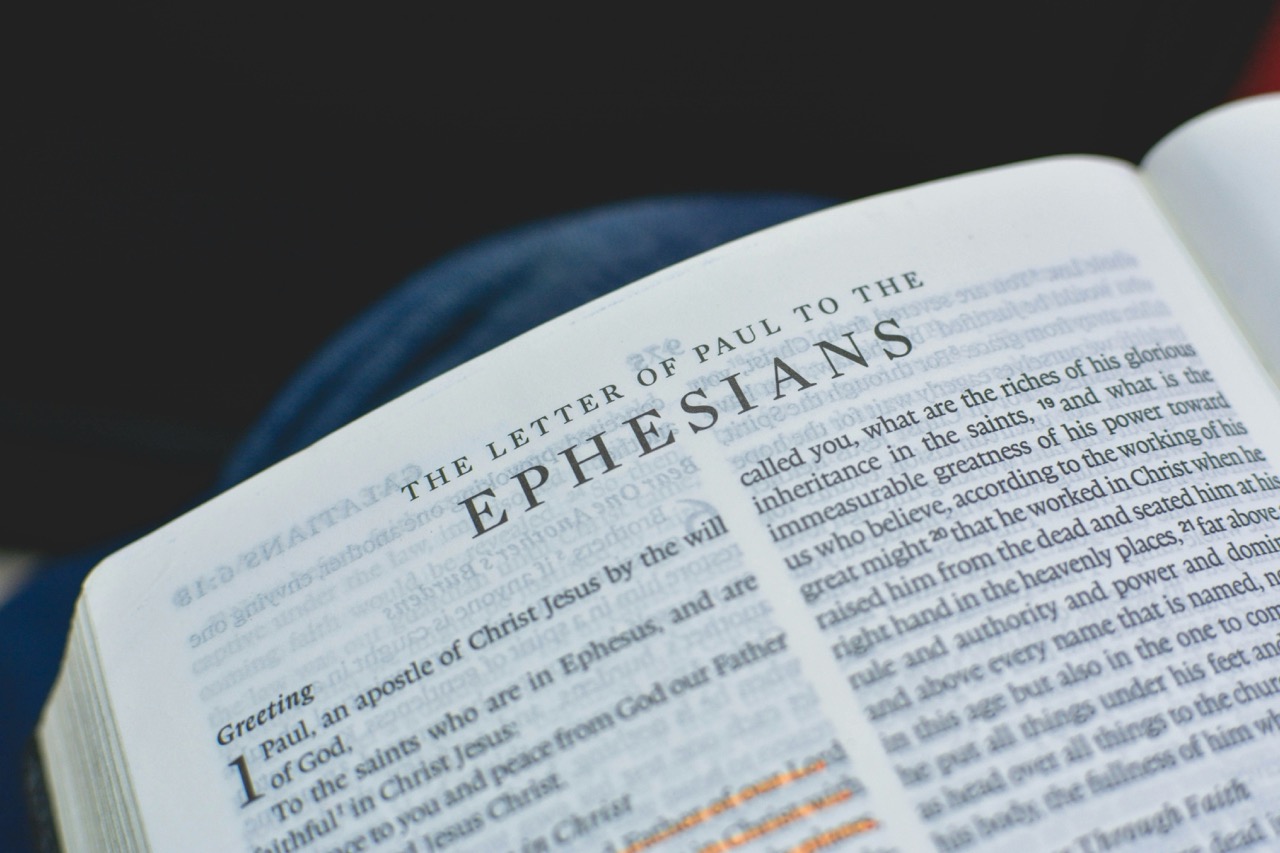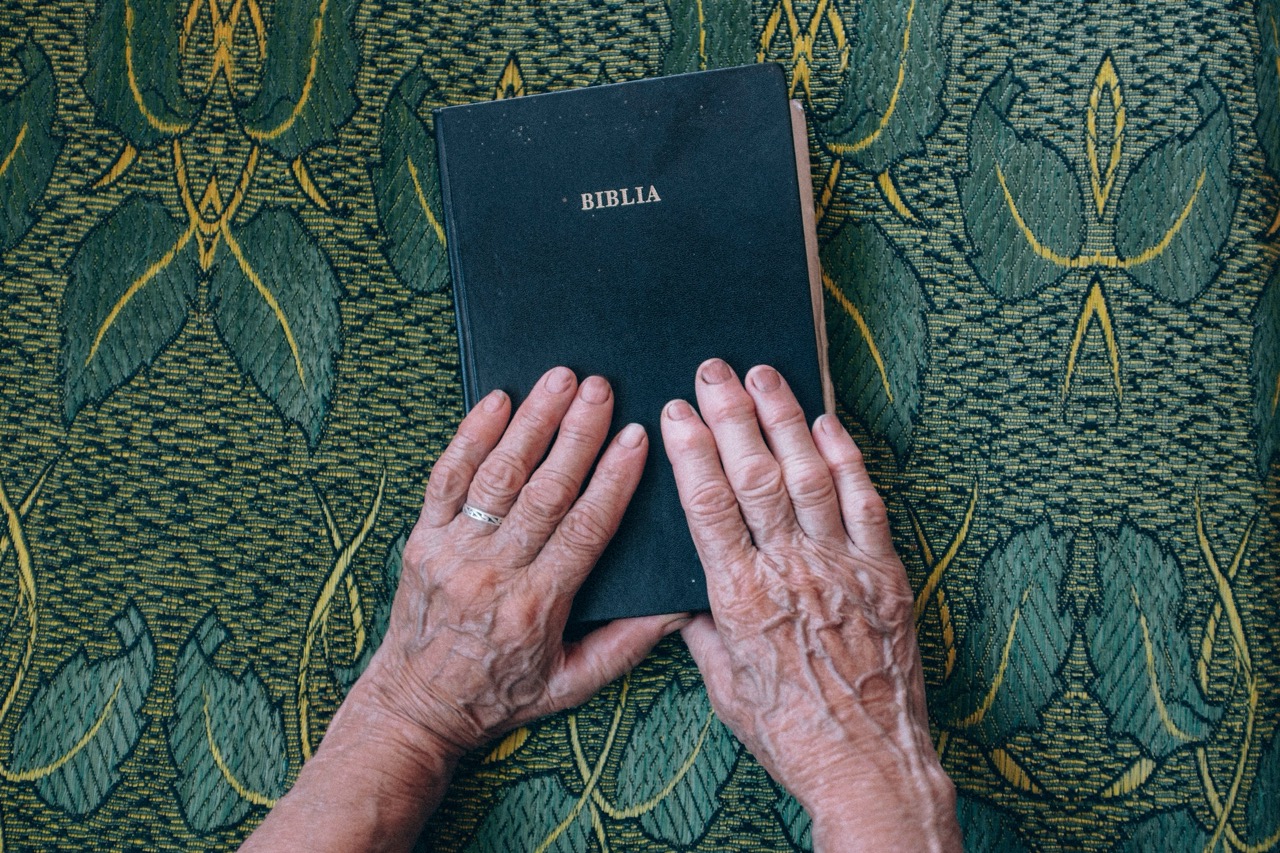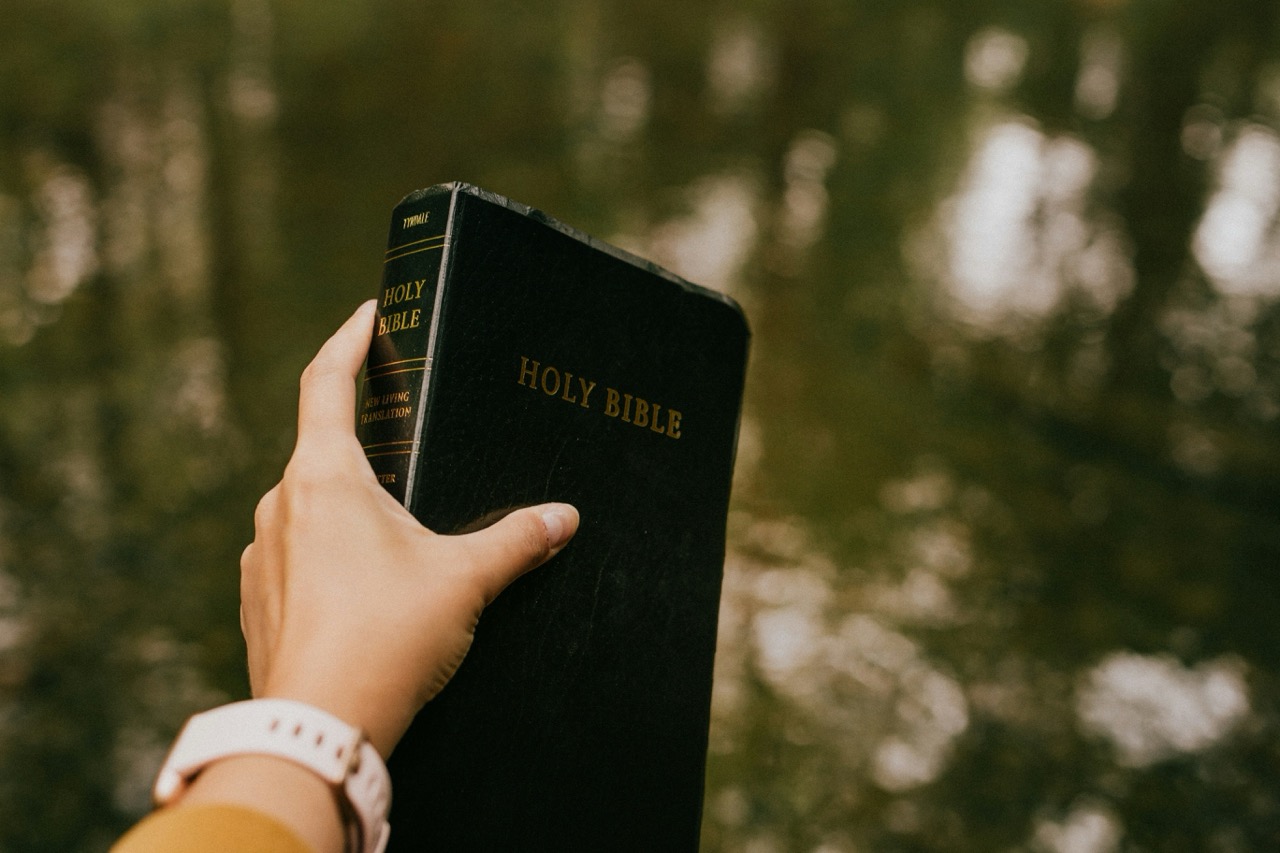Noah’s Ark: A Journey of Faith, Obedience, and Hope

The story of Noah’s Ark is a timeless narrative embedded in the fabric of the Christian tradition, encapsulating themes of faith, obedience, and hope. It is a tale that transcends generations, illustrating the profound relationship between humanity and the divine. Rooted in the book of Genesis, this account reveals not only the trials faced by Noah but also the unwavering commitment to God’s calling, even amidst the tumultuous backdrop of a world steeped in chaos. As we embark on this exploration, we delve into the intricate details of Noah’s journey, shedding light on the lessons that resonate to this day.
The Call of Destiny: Noah’s Unwavering Faith Unfolds
In the midst of a world fraught with corruption and violence, God chose Noah as a beacon of righteousness. Genesis 6:9 describes him as a "righteous man, blameless among the people of his time." Noah received a divine call to construct an ark, a monumental task that would not only save his family but also preserve the remnants of creation. This call was not just a command but an invitation to participate in a divine plan that would reshape the world. Despite the enormity of the task ahead, Noah’s response was one of unwavering faith. He believed in the unseen promise of God, even when the vision presented to him seemed utterly implausible.
Noah’s faith was tested daily as he gathered materials and began the laborious process of building the ark. This endeavor required not only physical strength but also spiritual fortitude. For years, Noah faced the skepticism of his contemporaries, who mocked his efforts and questioned the validity of a coming flood. Yet, his commitment to God’s word remained steadfast. Each hammer strike echoed his adherence to divine instruction, reinforcing his belief that faith can thrive even in the face of derision. It was through Noah’s resolute faith that a new chapter of hope was woven into the narrative of humanity.
The faith of Noah serves as a testament to the power of divine calling. It encourages believers to trust in God’s promises, even when the path ahead is clouded by uncertainty and doubt. Noah’s unwavering response to the call illustrates the idea that faith is not merely an internal sentiment but a catalyst for action. It demonstrates that true faith involves stepping into the unknown with a heart full of trust, setting the stage for what God is poised to accomplish through those willing to listen and obey.
A World in Chaos: Obedience Amidst Doubt and Fear
As Noah built the ark, the state of the world around him grew increasingly dire. Genesis 6:11-12 depicts a world filled with violence and corruption, with God’s heart grieved by the wickedness that permeated society. In this environment, Noah’s obedience became a radical act of defiance against the prevailing moral decay. He stood as a solitary figure of righteousness, embodying a stark contrast to the chaos surrounding him. The weight of the world’s disdain pressed heavily upon his shoulders, yet his commitment to fulfill God’s command never wavered.
Obedience to God often invites doubt and fear, and Noah was no exception. As he labored on the ark, he faced internal struggles—questions about the flood and the fate of his family crept into his mind. The ridicule of his neighbors undoubtedly added to his uncertainty. Nevertheless, Noah understood that true obedience is not the absence of fear, but the resolute choice to follow God’s lead despite it. Each day he continued to work on the ark, he reaffirmed his trust, planting seeds of hope in an otherwise barren landscape of despair.
The narrative serves as a reminder that obedience to divine instruction can be a lonely journey, especially in a world that may seem indifferent or hostile to faith. Yet, it is through such obedience that one can become an instrument of change. Noah’s resolute adherence to God’s command amidst societal chaos demonstrates that even the smallest acts of faith can contribute to a larger purpose. His journey encourages believers to recognize that obedience, often laced with doubt, is a pathway to discovering greater truths and realizing God’s promises.
The Ark Takes Shape: Building Hope in Troubling Times
With each passing day, the ark began to take shape—a colossal vessel that symbolized hope, protection, and salvation. Constructed from gopher wood, the ark was meticulously built according to the specifications laid out by God. The dimensions of the ark, as described in Genesis 6:15, reveal a vessel designed to withstand the impending deluge. Each plank laid and every nail driven represented not just physical labor, but Noah’s commitment to God’s vision for the future of creation. The ark was more than a mere structure; it became a sanctuary of hope in troubling times.
As the ark neared completion, the anticipation of the flood grew palpable. Noah’s family rallied around him, embodying unity and purpose in the face of impending disaster. The act of building the ark transcended mere construction; it fostered an environment of hope and faith. They worked together, reinforcing the bonds of family and community, understanding that their survival hinged on their collective dedication to God’s plan. In the midst of uncertainty, the ark stood as a testament to their belief in a new beginning.
The construction of the ark serves as an enduring metaphor for building hope amid adversity. It reminds us that while the world may be engulfed in chaos, there is always the possibility of renewal and restoration. Noah’s commitment to the task at hand emphasizes that our actions can pave the way for hope, even in the darkest of times. The ark symbolizes the shelter found in faith, urging us to create spaces for hope and healing within our communities and hearts.
A New Beginning: Lessons from the Flood’s Aftermath
When the floodwaters receded, and the ark finally came to rest on Mount Ararat, a new chapter unfolded for humanity. The devastation wrought by the flood served to cleanse the Earth of corruption, but it also heralded the dawn of a fresh beginning. As Noah and his family emerged from the ark, they were greeted by a world renewed. The first act of their new life was to offer sacrifices of gratitude to God, acknowledging His mercy and faithfulness. This act of worship encapsulated the essence of their journey—a blend of reverence, acknowledgment, and hope for the future.
The aftermath of the flood brought significant lessons for Noah and his descendants. God established a covenant with Noah, symbolized by a rainbow in the sky, promising never to destroy the Earth by flood again (Genesis 9:13). This covenant was not merely a promise of preservation but an invitation to humanity to live in harmony with creation and with God. It illustrated the importance of stewardship and responsibility, acknowledging that with preservation comes the duty to nurture and protect the world around us. The devastating flood became a cornerstone for a renewed relationship between God and humanity, emphasizing the themes of mercy and grace.
In reflecting on Noah’s journey, we recognize that new beginnings often emerge from trials and tribulations. The story of Noah’s Ark reminds us that faith, obedience, and hope are intertwined, intricately woven into the fabric of our existence. It teaches us that while we may face challenges that seem insurmountable, there exists the potential for renewal and redemption. As we navigate our own life storms, we can draw inspiration from Noah’s unwavering faith, understanding that even in the aftermath of chaos, there lies the promise of a new dawn.
The narrative of Noah’s Ark stands as a powerful testament to the resiliency of faith amidst despair. It provides profound insights into the relationship between obedience to God and the hope for redemption. As we reflect on the journey of Noah and the significance of his actions, we are reminded that in our own lives, faith can illuminate the darkest of paths and guide us toward new beginnings. Noah’s story encourages us to listen to the divine call, act in obedience, and nurture hope, knowing that we, too, can be vessels of change in a world desperate for renewal.




